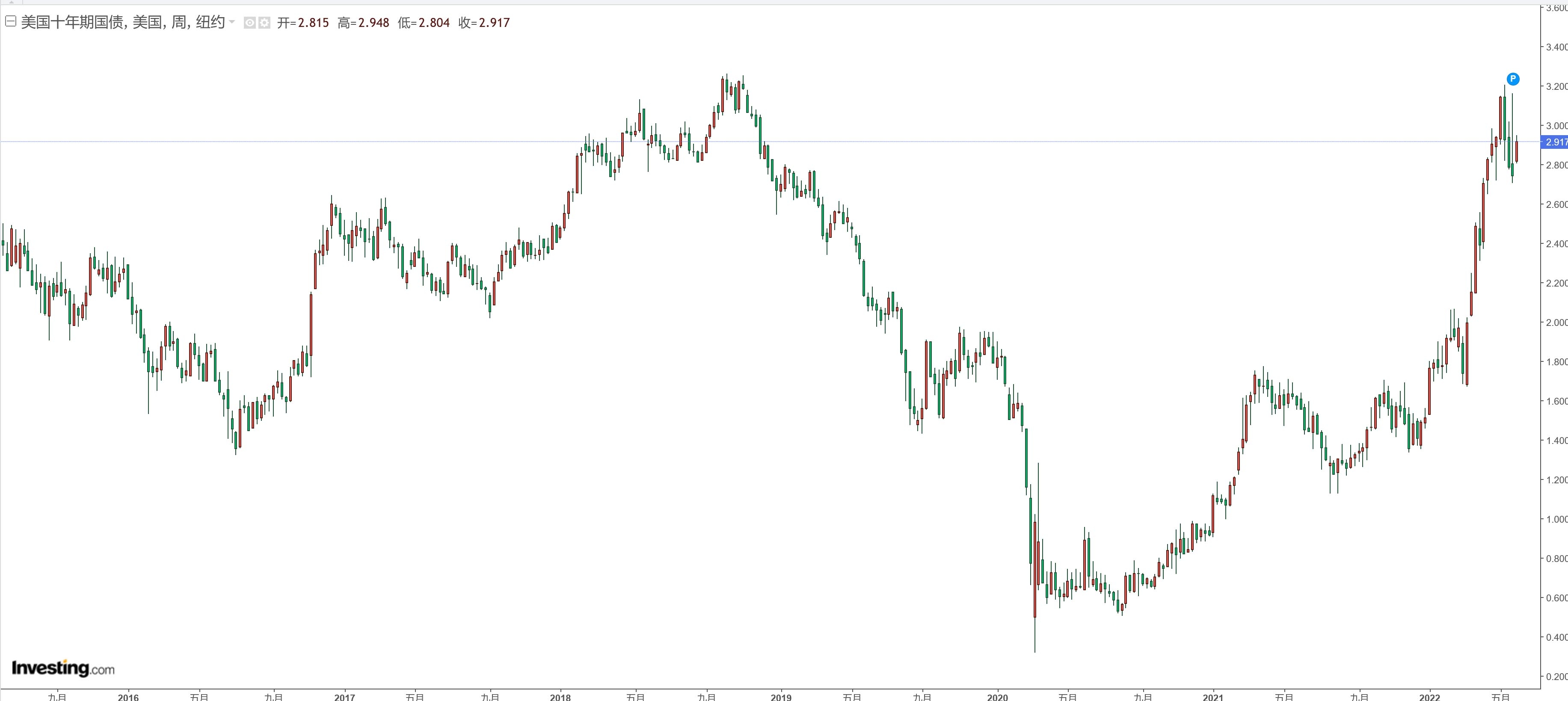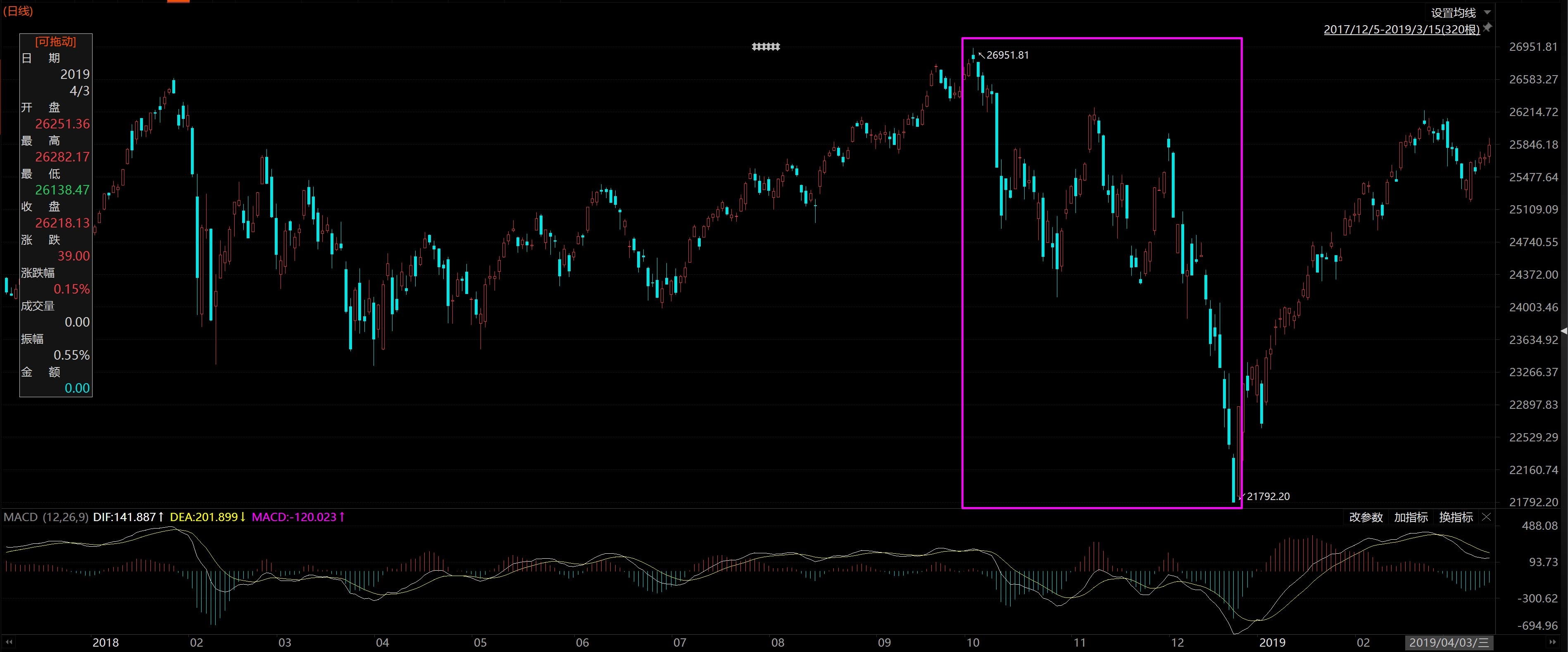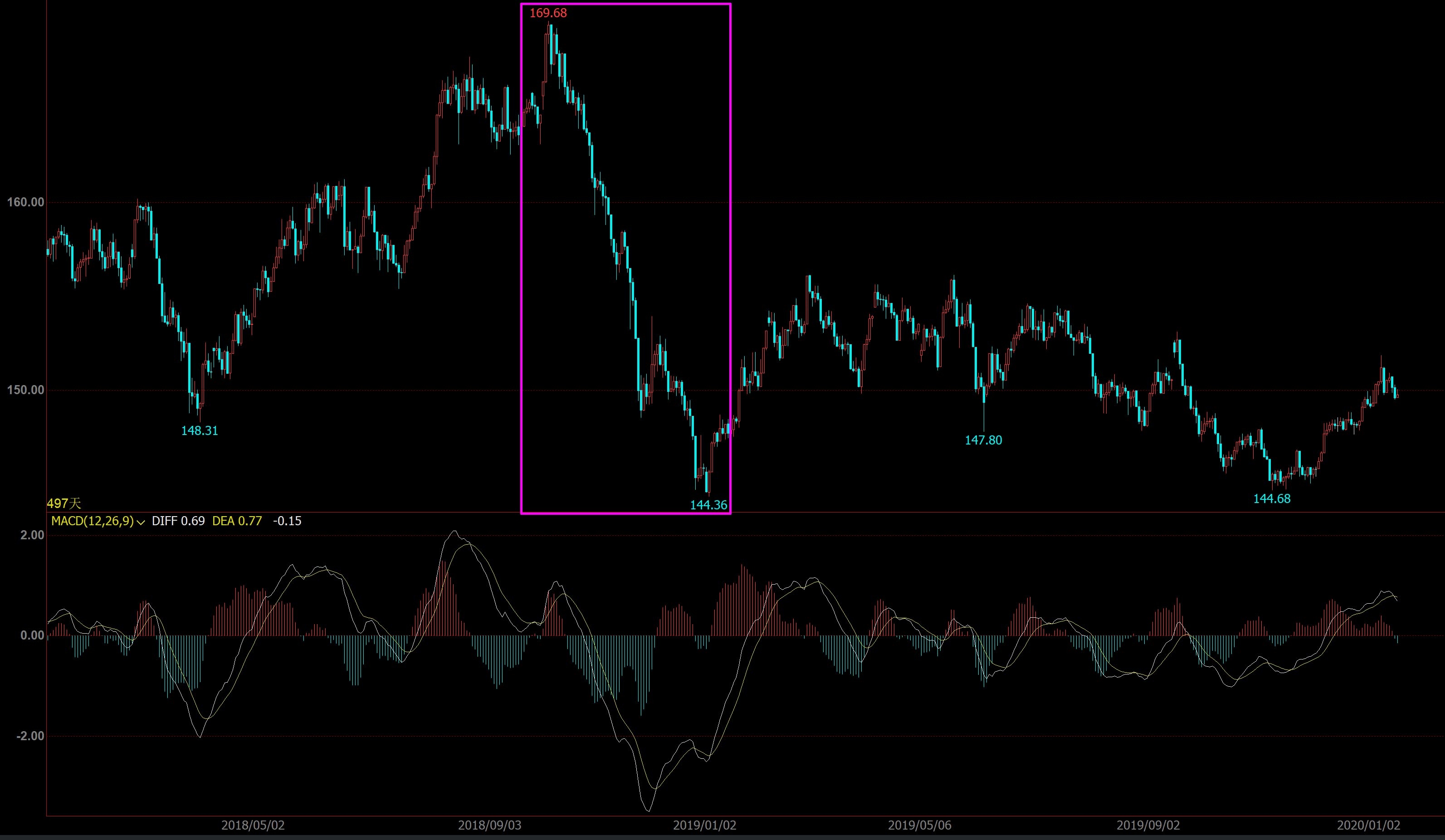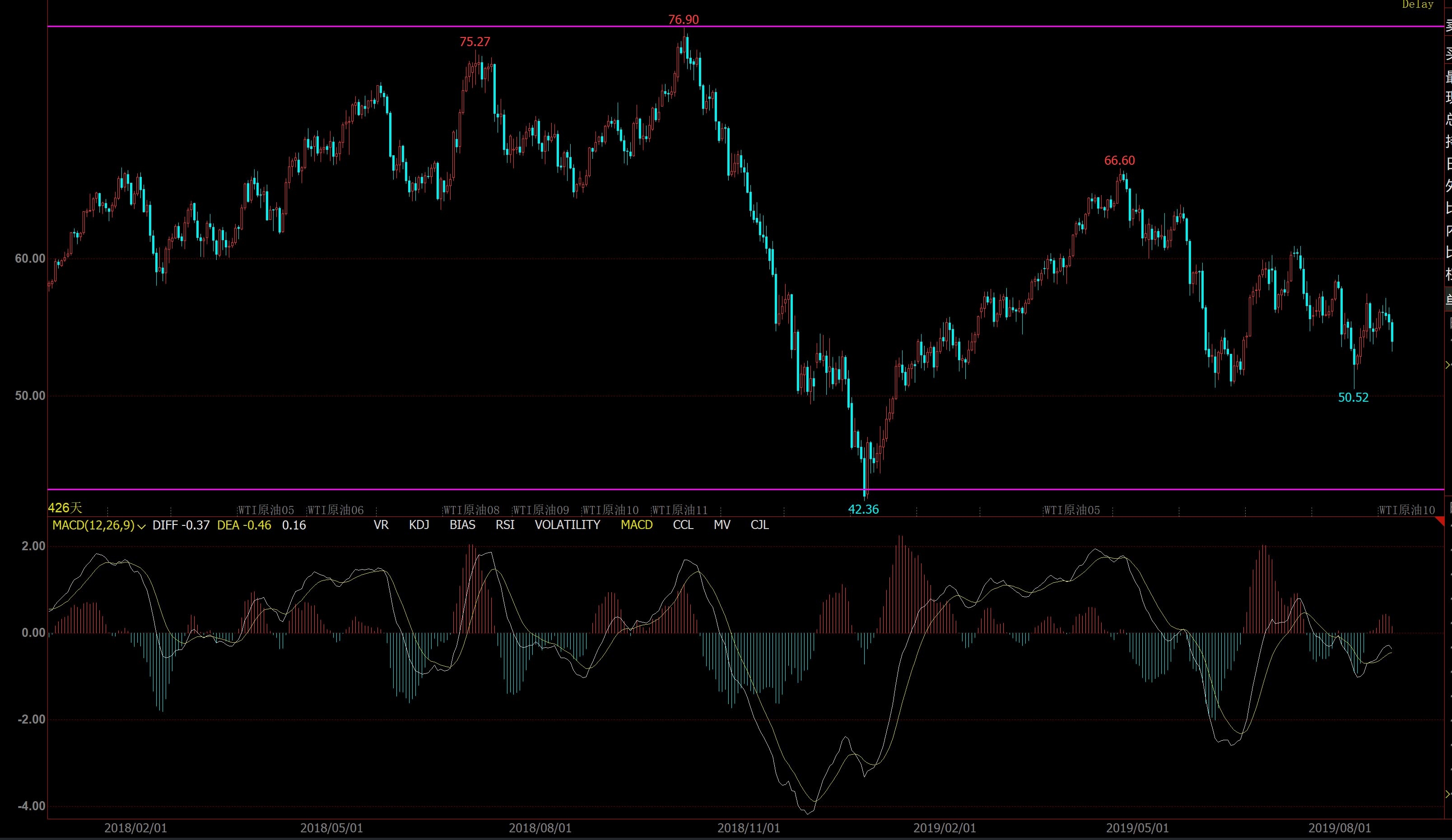A simple review of the impact of the last round of Fed balance sheet reduction on equity markets and commodities.
The last time the Fed began to shrink its balance sheet in October 2017, stopped in July 2019, and reduced its balance sheet by $700 billion, ending earlier than planned. Then in July 2019, the currency turned rapidly and began to cut interest rates.
The interest rate hike and the reduction of the balance sheet for the liquidity and valuation of the equity market are boiled frogs, because the shrinkage of the balance sheet is gradual. In October 2017, the balance sheet was reduced by 10 billion per month, and the peak in October 2018 was the monthly reduction of the balance sheet. 50 billion.
Take a look at the two charts below, which are the yields of the ten U.S. bonds and the trend of U.S. stocks.


The U.S. stock market was strong at first, and it was not until October 18 that the yield on the tenth bond reached the integer mark of 3 (which is also an important market psychological level in the past ten years), and the market sentiment changed from a quantitative change to a qualitative change. The U.S. stock market fell sharply to 21792 in a wave of 26951, which is a very fast decline.
As shown by the Mandarin Index at the time, the decline in U.S. stocks was accompanied by a resonant decline in the commodity market.

Crude oil led the decline, falling from $76 to $42 in one wave. At that time, the market volatility was much lower than in the past two years, which is an amazing volatility.

Why did the U.S. stock market rebound again?
Because U.S. stocks plummeted, commodities also plummeted, the economic outlook of Eagle sauce was bleak, and CPI and other data were bearish. Since November, the market has made expectations that the Fed will have to end its water collection ahead of schedule.
Back in time, the U.S. bond was swaying back and forth in front of the psychological mark of 3, and the yield and U.S. stocks constituted a seesaw.
This time, the initial scale reduction was 47.5 billion in June, and it increased to 95 billion in September. The speed of the reduction is much higher than that of the previous round, and it has not officially started yet, which means that the market has only expected it so far, and has not yet been able to bear it. real stress.
In addition, the current bulk prices are still flying in the sky, causing the inflation of Eagle sauce to continue to run at a high level. Whether the inflation has reached a reasonable position and has a downward trend expectation is the key element to end this round of interest rate hike and balance sheet reduction cycle. .
That is to say, the real liquidity pressure has not yet begun, and the factors that can restrain the Fed from stopping water collection have not appeared at all, so objectively speaking, the medium-term market trend is difficult to be optimistic.
There are 52 discussions on this topic in Snowball, click to view.
Snowball is an investor’s social network, and smart investors are here.
Click to download Snowball mobile client http://xueqiu.com/xz ]]>
This article is reproduced from: http://xueqiu.com/9222280625/221719760
This site is for inclusion only, and the copyright belongs to the original author.